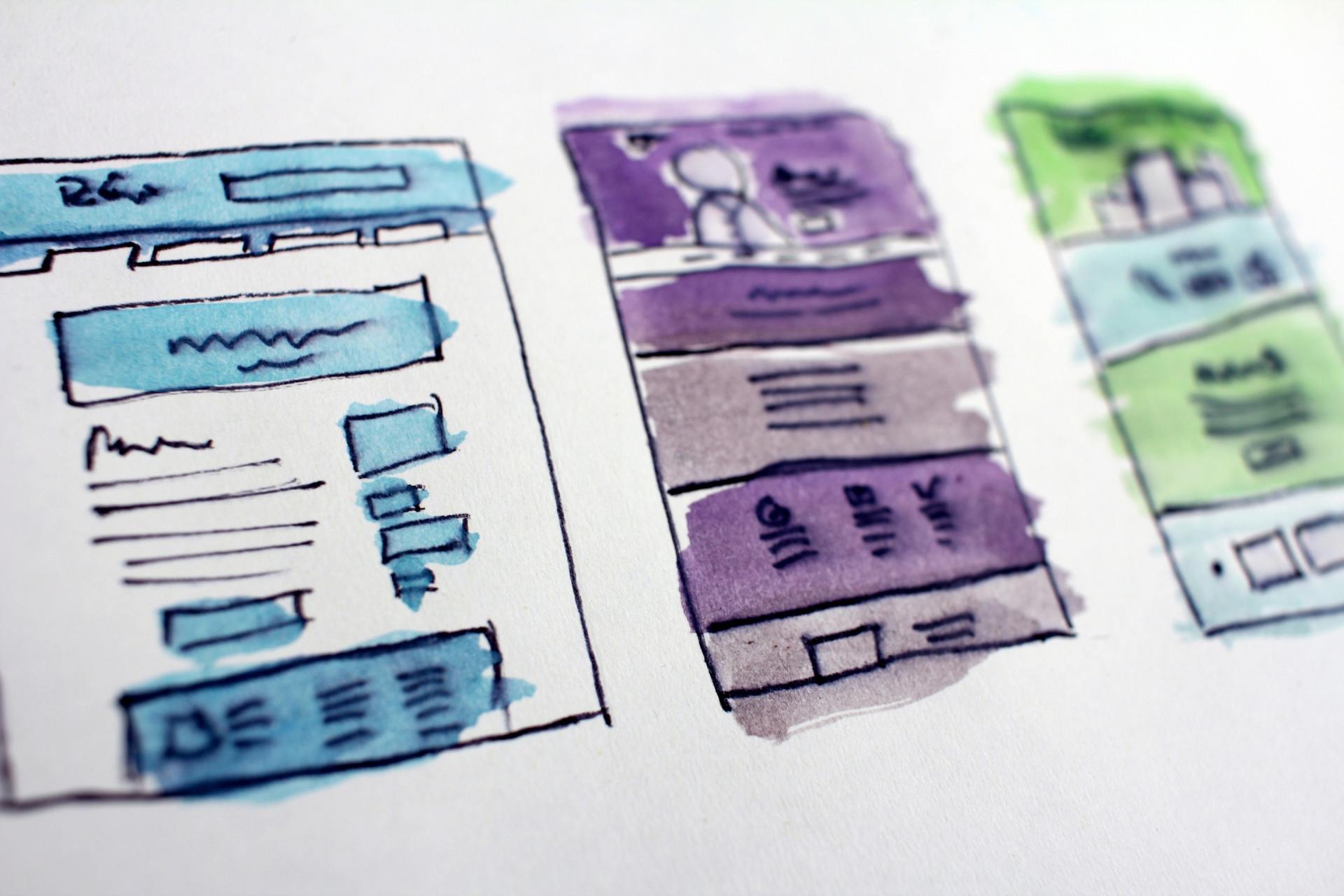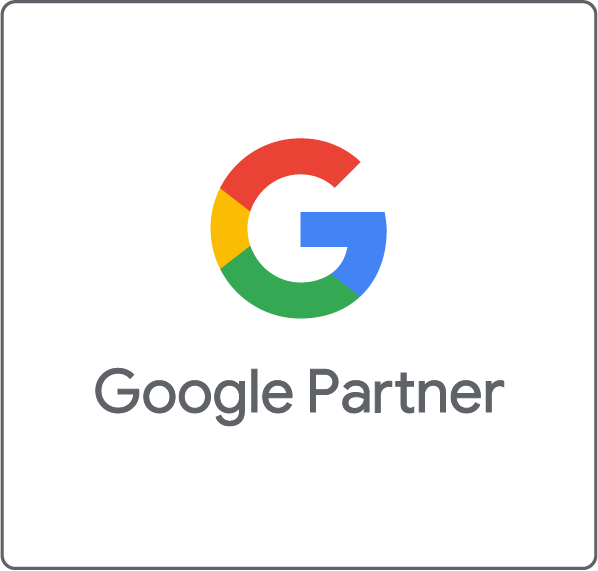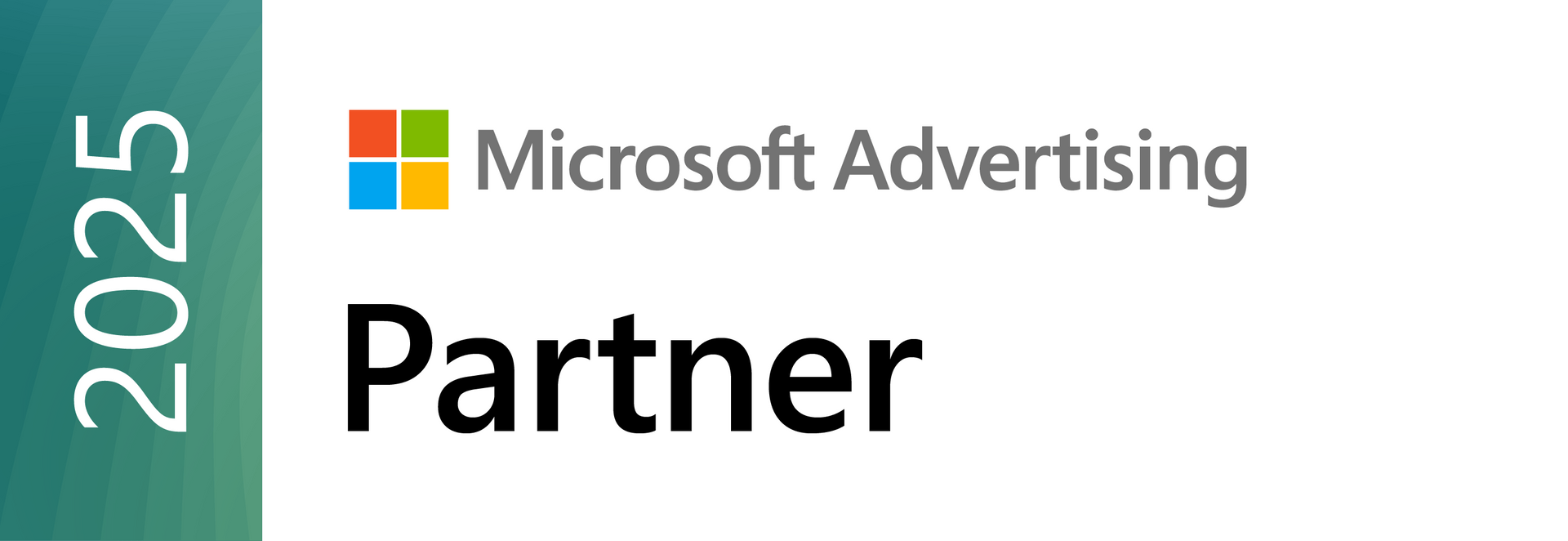Landing pages are a key part of any successful online marketing strategy. The aim of a landing page is, as the name suggests, to provide a landing point for potential customers. Usually a landing page will offer the opportunity to obtain something of value to the prospective customer in return for leaving contact and/or demographic information. Unlike a home page, which will focus on your company and what it can offer, a landing page need not be company related. The focus is on the freebie which an individual can enjoy, simply by signing up.
Why does a landing page lead to more conversions?
What the landing page does – if it’s working well – is capture the details of prospective leads. The leads may have come via Facebook Ads, Google Ads or via a link from a blog or another post. Once someone clicks through to your landing page, they should be just seconds away from receiving their reward! What tempts people to access your landing page is the promise of something of value to them should they part with their contact information. People who sign up via a landing page are almost invariably already interested in what you have to offer (or they wouldn’t be drawn to the inducement you’re providing). Having their contact details gives you the opportunity to contact them with offers which are of interest, maximising the chances of them eventually placing an order and becoming a customer.
What sort of rewards should a landing page offer?
The type of reward varies depending on the nature of your business. Common rewards include e-books, prize draw entries, free samples, discount codes, competition entries, a free trial, test drive or other experience; the chance of an additional product for free with a first order (for example, a free car care kit when you buy tires or free make-up bag when you buy cosmetics); or a sign-up to a loyalty programme. Rewards need to be tailored to the type of customer you’re intending to attract and need not necessarily be money-saving. Some companies use the landing page as a chance to give customers something extra, as well as save them money.
Generate leads and enhance conversions
The primary aim of a landing page is to persuade as many people as possible to leave their contact information, providing a large number of leads for your sales team to work on. The more successful the landing page is, the greater the traffic it will generate and the higher the rate of conversion will be. A good landing page has the power to absolutely transform your business!
What makes a good landing page?
To keep bounce rate (the rate at which potential customers click through to a landing page, then depart without leaving contact information) to a minimum, it’s important to provide a page that’s fast to load and easily accessible from any device. Mobile optimised and easy to navigate, a landing page needs to be as user-friendly and demonstrate a fast page speed during loading. Focused and straight-forward should be adjectives which apply not only to landing page viewing and navigation, but also to the format for leaving data. When it comes to information gathering from prospective leads, less is definitely more! Simply collecting an email address along with a few tick boxes to convey additional data is often sufficient. Later data analysis of the offers applied for can often help determine interest in a particular project or degree of interest, enabling a sales team to tailor their follow-up accordingly.
Landing pages need to be focused
Once someone lands on your page, you maybe have a second or two to grab their attention. This means that what’s on there must be tightly targeted and convey the benefits of staying as quickly as possible. Remember that the landing page isn’t primarily about selling your brand or your products, the focus is on providing inducements for potential customers to engage enough to leave their contact details. Obviously providing links to your shop and contact information is helpful for those visitors who are committed to a sale, but this information shouldn’t detract from the main purpose of the landing page.
Optimise for search engines
There’s no need to confine yourself to a single landing page: multiple landing pages simply increase the chances of more traffic, particularly if the content is optimised for the type of searches your customers are likely to make. Targeting a particular geographic area, for example, or including some more specific phrases that directly relate to your target group can help to ensure that when potential customers type in their searches, one of your landing pages is near the top of the results. Professional digital marketing assistance is often needed to ensure that the most relevant search terms are utilised.
Have a clear message
Landing pages should have a simple format that effectively forces the user to make decision, preferably to take advantage of what you’ve got to offer. Factors such as layout, content, speed, accessibility and features can all affect the ease with which users can decide what to do. To ascertain which format is going to be best, it’s usual to test several different versions simultaneously in order to discover the one which is most effective in attracting attention.
Improve the user experience with a top-quality landing page
Correctly created, a good landing page has the power to provide a powerful draw to the type of customers you want. Designed to enhance the visibility of what you have to offer, at the same time as providing a rewarding user experience, effective landing pages should improve not only traffic levels, but also result in higher conversion rates. Professional landing pages benefit from faster load times and offer a high level of relevancy, persuading prospective customers to part with valuable contact information and demographic data in return for a suitable reward. A cornerstone of successful digital marketing, alongside top-quality digital advertising, premium landing pages can really make a difference to your marketing success and ultimately your bottom line.








